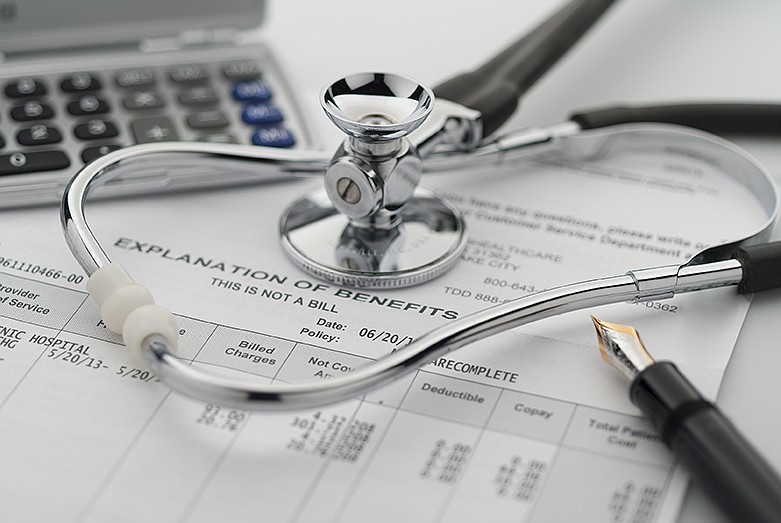Economics professor Larry Van Horn wasn't concerned last March when he had an upper respiratory infection.
He wasn't concerned when his doctor ordered a chest X-ray.
Then, Van Horn got his bill.
Van Horn had health insurance coverage but still owed the doctor $192. He never would have undergone the X-ray if he knew how much he would pay out of pocket, Van Horn said. Plus, he could've gone across the street to a radiology clinic - where the same test would have cost him $54.
"That's the problem that we have," said Van Horn, executive director of health affairs at Vanderbilt University, who on Tuesday testified before the Tennessee House Insurance Committee. "We have 18% of the U.S. economy where people are making purchase decisions every day not knowing the price."
As state lawmakers eye possible health insurance reforms, they're turning to experts such as Van Horn to offer insight into topics that drive the high cost of health insurance. He emphasized the need to empower patients through price transparency, giving them more ability to make informed purchases, especially in the face of higher deductibles.
Committee chairwoman Robin Smith, R-Hixson, said it strikes her that payment rates are negotiated through contracts that patients can't see, and "patients pay more and more and more with their benefits reducing.
"I want for the public to understand: Just because you have someone contracting on your behalf doesn't mean that you're going to pay the lowest price," Smith said.
Van Horn said insurance design decisions are often made by employers, not insurance companies. As the cost of health care has increased, insurance premiums take a "significant portion" of the compensation package for employees.
"There is this offset between wages and health benefits. If I'm paying you more in health benefits, I'm going to pay you less in wages," he said, adding that the high cost of health care has caused wage growth to stall.
Meanwhile, more high-deductible plans mean more people pay more from their own wallets and are responsible for those purchasing decisions. Fifteen years ago, few Americans faced out-of-pocket health costs, he said. Now, nearly 30% of Americans have high-deductible health plans, and that amount is expected to grow.
He posed that "the endgame" is for employers to take the money spent on health insurance benefits and give it to employees to invest in tax-deferred defined contribution plans, similar to how many retirement benefits are invested in 401(k)s.
"There is a very real opportunity for the future in which employers say, 'Larry, here is $15,000 in your bank account. You go spend it however you see fit,'" Van Horn said.
Contact Elizabeth Fite at efite@timesfreepress.com or 423-757-6673.
